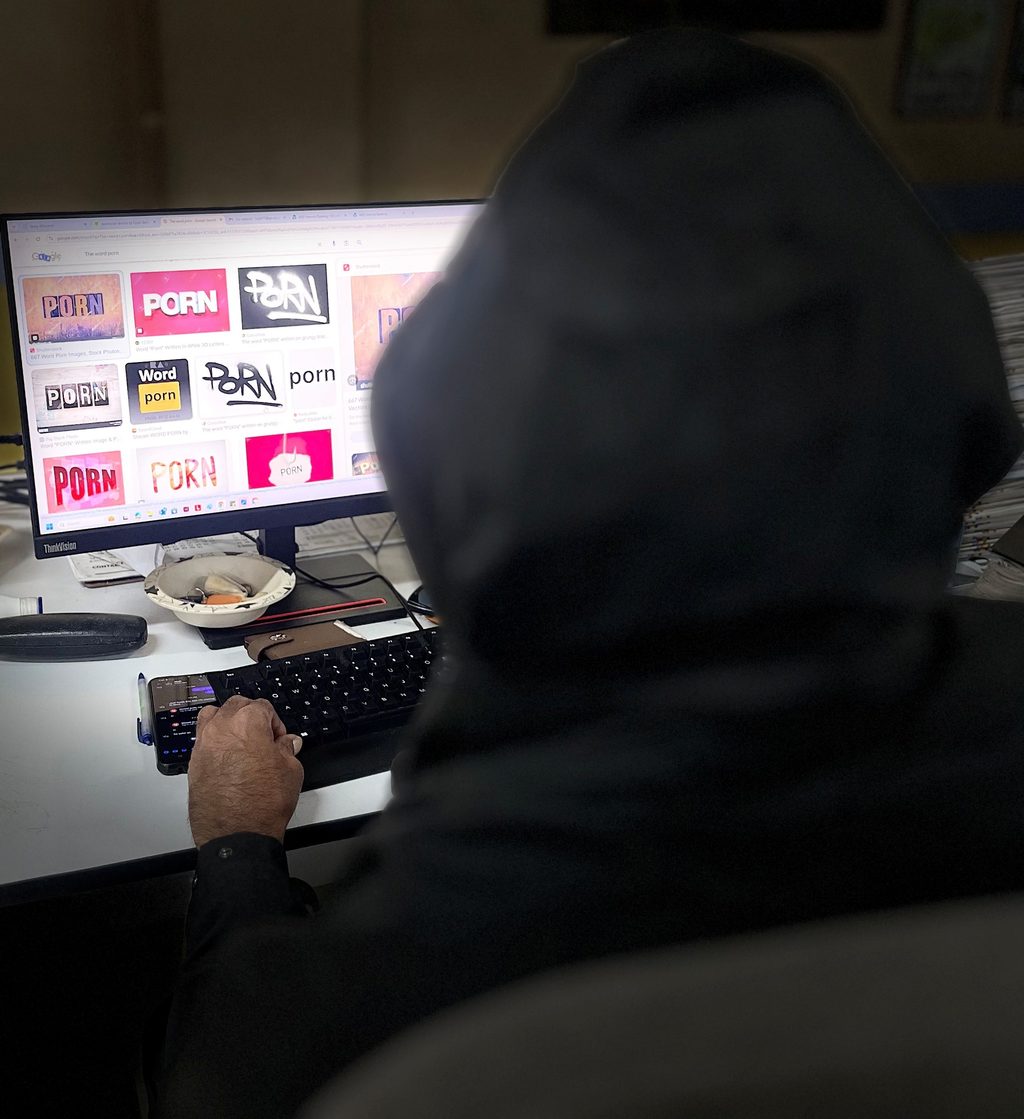HE exponential growth of technology has made accessing information in the world we live in an effortless ease.
With the current speed of connectivity we enjoy, we can be in touch with pretty much anyone anywhere in the world at any time of the day- whether we are flying at 20,000 feet, traveling by bullet train at over 300km per hour or just lounging at home.
But that technological advancement has come at a price. With the internet, social media and the digital age, a societal evil has reared its ugly head– pornography.
The problem is not entirely new. It has just become more accessible, prominent, affordable and overwhelming
Today, porn is available with the touch of a button and people are sharing it like breaking news, as long as you possess a modern mobile phone and an internet service. Its unchallenged prevalence, fueled by the community’s casual attitude towards it, has made its use more problematic, and socially acceptable. This has brought about catastrophic consequences and impacted human behaviour and thinking.
And the sad thing is, adults are not the only ones doing the searches and feeding their minds with sexually explicit texts, videos and photos. Children and youths have jumped on the bandwagon.
International studies have shown that many children confess to getting into trouble with parents and teachers for accessing adult websites on their mobile phones. They add that the number of children watching ‘online videos or video clips’ on their mobile phones without restrictions have more than doubled.
Also, the use of mobile phones for social networking has dramatically increased among children.
With the explosion of internet access in the country over the past few years, Fiji has started to register shocking statistics on sexual crimes too. Some believe the two are somehow interrelated.
Recent data shows Fiji currently has around 1.31 million active mobile users which is more than the country’s population, indicating that many people own multiple mobile phones. This information is based on reports from the youth ministry.
In addition, more than half of Fiji’s population now has access to the internet and usage is set to increase with government plans to provide higher-speed broadband services. If no plans are made to help control internet viewing by children, then the problem will escalate.
While we have fared well in communication technology, Pacific-wise, we have a bad record in the area of gender-based violence and pornography. Controls must be improved along with leaps and bounds in our internet service development.
Local authorities are concerned about Fiji’s daily consumption stats on pornographic content, which stands at a staggering 15 terabytes.
According to Telecommunications Authority of Fiji CEO, Prit Chand, over one percent of all internet traffic in the country is attributed to adult content. To put this in perspective, the same amount of daily data usage could stream high-definition movies continuously for 24 years or download approximately 220 million e-books. That’s frightening.
Mr Chand made the revelation early this month during a joint press conference by the Anti-Pornography Taskforce, saying roughly 1360terabytes were used for pornography in the third and fourth quarters last year alone.
Not too long ago, local anti-porn advocacy group, Free Fiji from Porn, said that of the top 50 most visited websites accessed by Fijians, 10 were porn sites while Google Trends showed Fiji was in the top 10 countries per capita for searches of the word “porn”.
Researches in the United States on the effects of porn on vulnerable children agree that the average age of first internet exposure to pornography was 11 years and this age is getting younger and younger all the time. Furthermore, about 90 per cent of eight of 16-year-old children have viewed porn online while doing their homework.
Pornography has given our children unrealistic ideas and expectations about sex thus affecting their ability to develop stable, healthy and meaningful relationships. And as these children become adults, their perverted notions about sex exert serious influences on their behaviour in marriage and family life.
Meanwhile, Deputy Prime Minister Manoa Kamikamica has sounded the alarm about the rise in Child Sexual Abuse Materials (CSAM) online. In 2023, the US National Centre for Missing & Exploited Children (NCMEC) received 3638 suspected CSAM reports from Fiji. Mr Kamikamica said those cases needed to be investigated and prosecuted.
“But more worrying is the rise in child sexual abuse materials (CSAM) online, which include grooming and explicit images and videos or texts sent to children through online platforms. These need to be investigated and prosecuted,” he said.
There is no denying, that we desperately need to start talking about the dangers of porn openly in our families, our communities, our village meetings, our churches, temples and mosques.
It is a moral issue and therefore our religious organisations should take the lead. They must stop hiding behind religiosity and the veils of denial. They must become relevant to the lives of their congregations and address head on, the abyss of pornography addiction Fijians are slowly sinking into.
Wives must confront their husbands about the problem and discuss it in a civil manner. Secular or spiritual counselling assistance must be sought.
We must first admit that it is a serious problem in our community and we must identify the best ways to address it. The warning bells are tolling and we need to recognise its familiar sounds before it’s too late.
Until we meet on this same page same time next week, stay blessed, stay healthy and stay safe!
With the advancement of the internet, social media and the digital world, a societal evil has reared its ugly head — pornography. Picture: ANA MADIGIBULI



